SE CASC Project Updates Existing Knowledge on HABs and Climate Change
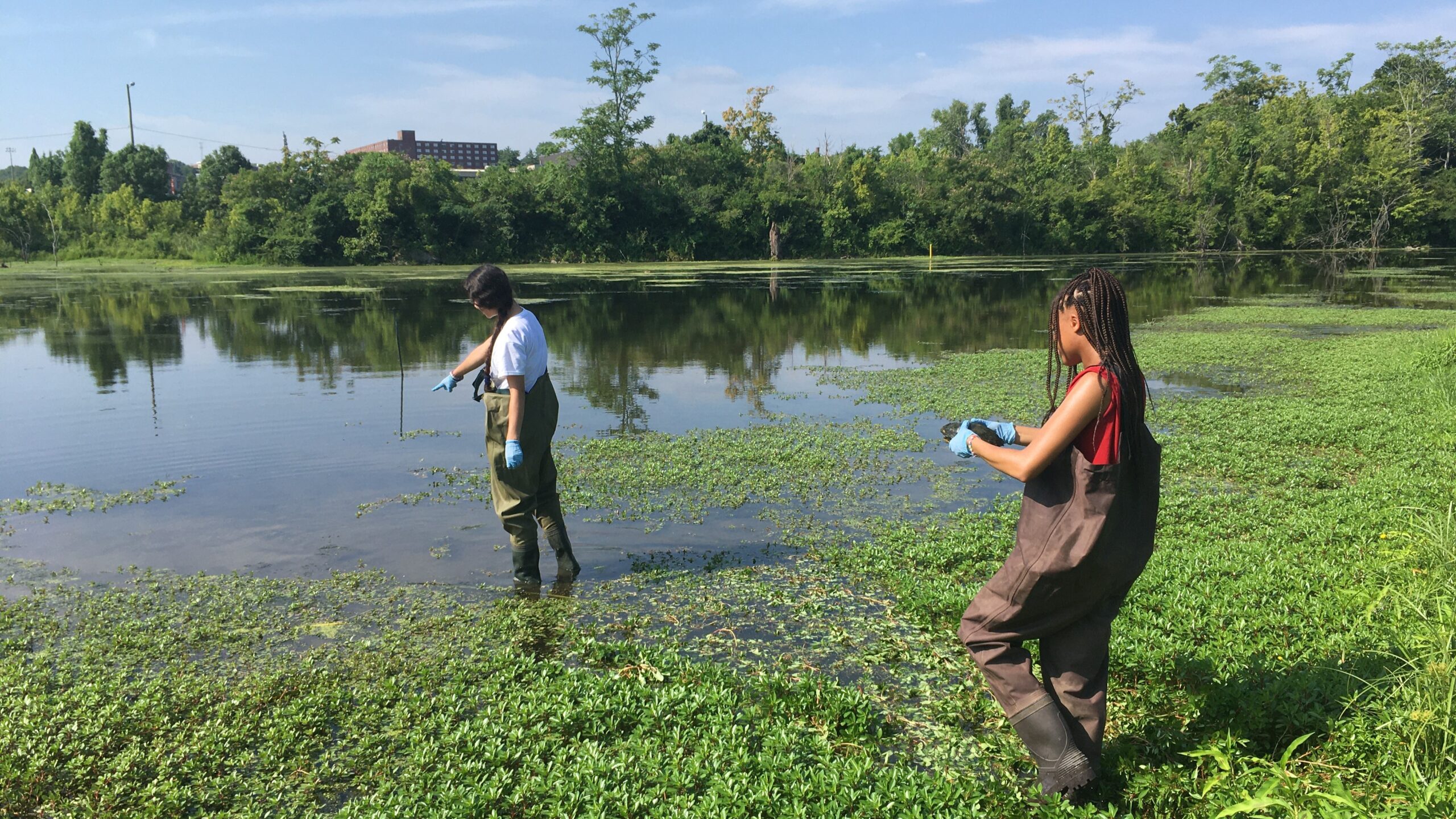
Tennessee State University (TSU) researchers Champagne Cunningham & Dr. Tom Byl, as an extension of the SE CASC project Clarifying Science Needs for Determining the Impact of Climate Change on Harmful Algal Blooms in the Southeastern United States, have been able to create a unique learning environment for students at TSU. The project funds Byl & Cunningham to synthesize and update existing knowledge about harmful algal blooms to identify potential science needs. It has also led to incorporating new information into undergraduate lectures and inspiring students to pursue environmental science careers.
The project is focused on harmful algal blooms – the rapid growth of algae that can cause harm to people, animals, and the local environment – and climate change as well as updating information on what can trigger the production of toxins, such as certain stressors like metals.
Champagne Cunningham is the Social Media Manager for the USGS Lower Mississippi-Gulf Water Science Center & a graduate student at Tennessee State University. Tom Byl is a Research Biologist at the USGS Lower Mississippi-Gulf Science Center and a Professor at Tennessee State University in the College of Agriculture’s Environmental Science program.
Byl began studying harmful algal blooms in Tennessee when he discovered algae growing on the walls of caves at Mammoth Cave National Park. He began documenting the issue in similar projects around the state. One project is focused on the Clinch River in East Tennessee, which contains one of the most diverse mussel populations in the world. These mussels are “dying mysteriously, and we think that harmful algal blooms may have a role in that,” said Byl.
Traditional lecture materials and textbooks haven’t been able to keep up with the growing number of publications on the issue of harmful algal blooms, which is an emerging issue in the field of environmental science, according to Byl, since it can take four or five years for something that was published in a journal to show up in a textbook. So he has begun to incorporate information found during a literature review for the SE CASC project into lecture materials at Tennessee State University.
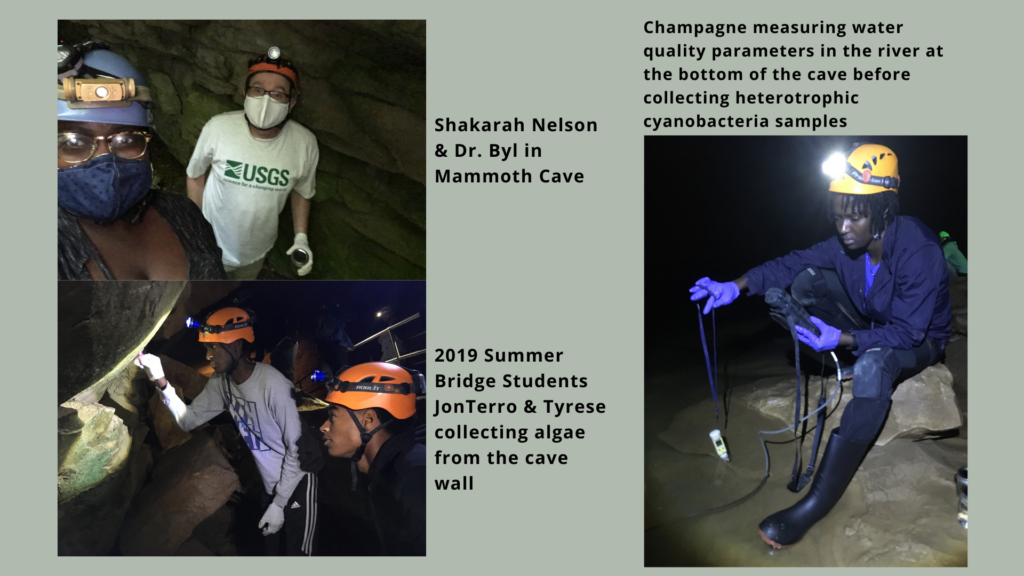
The research team has also been able to identify knowledge gaps related to water quality and urban streams and ecosystems, especially regarding harmful algal blooms in minority and underrepresented communities in urban areas. Byl and Cunningham have recognized a noticeable lack of information on this issue, indicating an important avenue for future research.
When Cunningham got to Tennessee State University, she started working on the Mammoth Cave project and other projects in middle Tennessee. She’s also done work with the TSU Wetland and now, with Byl, she is working on harmful algal blooms with a paleontology focus.
Cunningham’s research, as part of her thesis, is focusing on the preservation of cyanotoxins at Coon Creek, a fossil site located outside of Memphis. She is studying how sediments may have played a role in the preservation of these fossils and in turn the toxins they hold. They’ve found that some of these toxins (collected from mollusks including mussels, oysters, and snails) are commonly found in modern-day environments. Because organisms like oysters incorporate toxins into their shells, their age can be calculated and the preserved toxins extracted. Cunningham found that these toxins were present seventy million years ago. The oldest fossil they tested was seventy six million years old.
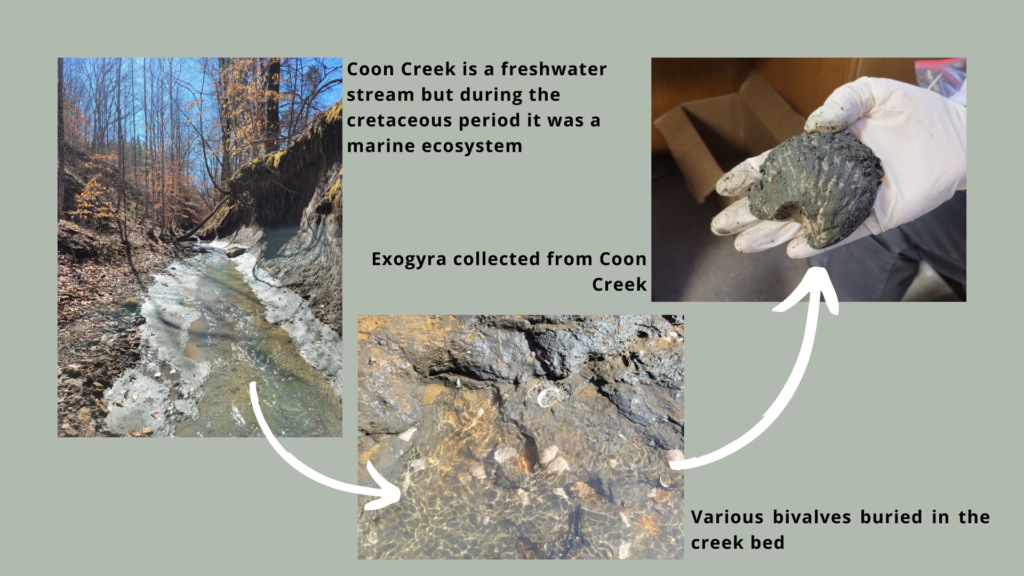
Cunningham adds, “So we know that harmful algal blooms played a role in ecosystems and environments seventy six million years ago and we know that the environment and climatic conditions were a little bit warmer, which is almost where we are headed now with our current climate projections.” Based on this research we can expect to see more harmful algal blooms and worse environmental and water quality conditions as the earth’s climate continues to be altered.
On November 18, Cunningham gave an oral presentation for her research on algal toxins in Cretaceous sediments at the 132nd Meeting of the Tennessee Academy of Science at TSU. She won third place for her presentation.
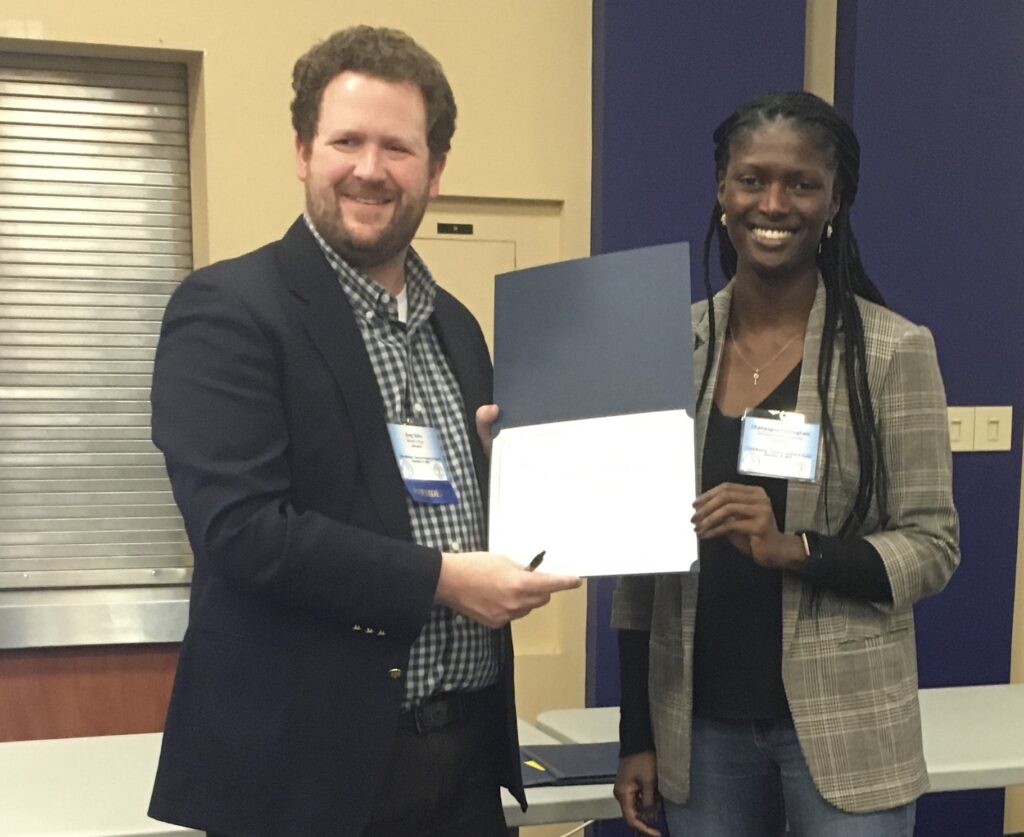
TSU & Student Outreach
Tennessee State University, an HBCU, engages incoming freshmen through its Summer Bridge Program. The program provides students a pathway from high school to college and gets incoming students interested in not just college but in programs like environmental science. Every year, TSU brings in students from all over the United States for four weeks over the summer and teaches them how to conduct research. They get hands-on experience and for the last five years, some of these students have worked in Byl’s lab studying harmful algal blooms.
Byl mentors two to six students every summer, usually high school students entering college.
“They find out that they love being in the field. A lot of them don’t even realize that they enjoy it because they’ve been told, oh you don’t want to do that. But they find out that they really do enjoy it,” says Byl about the program.
They begin to understand that algae can be a good thing but that it can also lead to harmful algal blooms and eutrophication. Something that Byl notices from bringing students into the field is that they start to make connections between what they learn and what they see in their own communities, allowing them to think about the environment and climate change in a broader context and make personal connections with the research they are doing.
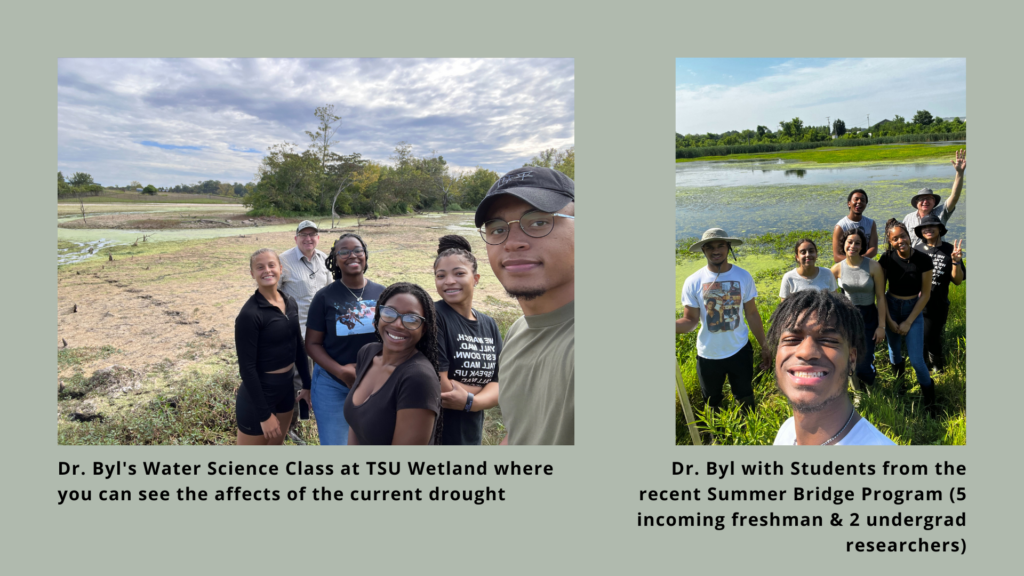
Cunningham serves as a student mentor for those that go through this program. From her own experience, Cunningham says that “going out and doing field work was a big part of how I got interested in research…It’s a nice experience, especially for students who are trying to figure out what they want to do for college, for a career, and just trying to figure out who they are.” This gives them an early start and a chance to see what aspects of research they like.
Byl has found that many students he’s worked with continue with science degrees and usually end up in graduate school.
Importance of bringing students into the HABs project
According to Byl “these students are the workforce of tomorrow…they’ll become scientists, environmental managers, politicians, lawyers, business people, or just parents, who need to be concerned about the future.” The goal of the program and of reaching young students is to “expose them to real-world problems and show them that this is an emerging challenge.”
We are already beginning to see the effects of climate change and it will be younger generations that face the direct impacts. It is this younger group of scientists that are taking initiative to start solving this massive problem through research.
This project has given Byl an opportunity to review and understand this emerging problem. It’s allowed him to compile the literature around the subject and incorporate new knowledge into his classes, research, and public outreach. “This project has allowed us to really influence the building of the program, even at TSU. Not just in my lab but the environmental science program as well. I have actually been able to influence some of my colleagues at TSU and other wildlife ecologists, and they now understand the importance of harmful algal blooms and important environmental stressors.”
Read about two students’ experience working with Byl and Cunningham here.
- Categories:
